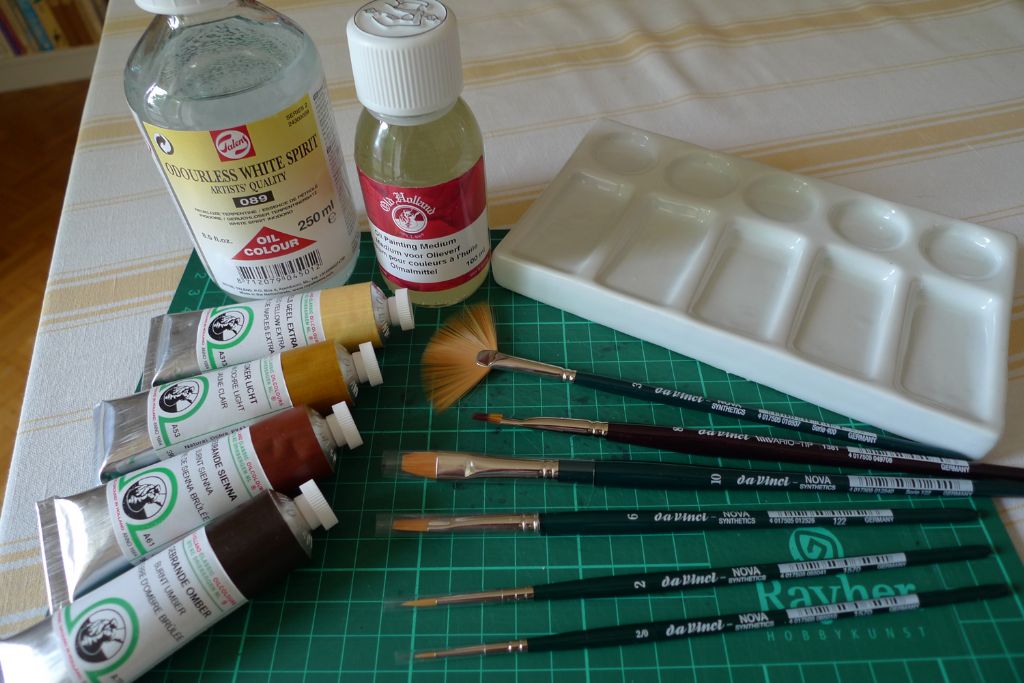Glyn,
That is great news, and indeed very helpful information! Unless you want to go for a specific, named vessel, you should be able to achieve a close-enough-for-jazz representation of a typical German Pilot boat interior!
If you want to compare the RAL references to available model paints, there is a smartphone app called iModelKit, geared towards the plastic kit community, that allows you to do just that: ifor RAL 3024, for instance, it provides a graphic comparison table with some 80 or so different brands of model paint! I use it on an iPhone, but I woukd be very surprised if it didn't exist for Android as well, if that is your flavour.
As for the Finn Beech veneer, you can find samples on the Formica website: **LINK**.
My favourite technique for reproducing wood in paint is to use oil paints! For an example of what I mean, have a look about two thirds down on page 6 of my Eilean Mòr thread here on this forum, where there are a couple of photos of how I painted the white metal steering wheel of that ship to look like wood: **LINK**, and on page 20, where I painted the jolly boat rudder and tiller in the same way: **LINK**
The technique is to first paint the whole object/area in a monochrome base wood colour, essentialy a td lighter than the lightest shade yoiu want in the finished thing. For this bit you use whatever model paint you haver to hand; I used a medium brown Vallejo Model Air acrylic paint here.
Once the base coat is dry, you get out your oil paints. Please note: these must be the old fashioned type of real oil paints that you mix with a turpentine based medium, and not the modern, water based version! You then use a series of very thin feather strokes with some sort of thin or feathered paint brush to put on small amounts of first the lighter bits and then any darker spots and swirls, and play around with those feathering effects until you get a nice wood-like pattern of the right colour. You can see some of the paints and brushes I use in the photo below. The odorless white spirit is of course for cleaining the brushes.
You will also find that you can be very sparing with the amount of paint you use compared to the amount of medium.
Typical colours that come in handy are various pale and medium yellows, siennas, umbers and the like. Any shop selling artist's materials will have what you need.

Now, the great thing about oil paints for this job is that they are very slow to dry, so you can really experiment to your hearts content, and play about until you are happy with the result. Also, if you mess up a piece, the oil paint can easily be wiped off with a touch of medium!
The drawback is that they are very slow to dry! Once you are happy with the result, you really need to give them at least 4 to 5 days, and preferably a full week, before you attempt to touch them again! But it really is surprisingly easy to get a wood effect this way, and thus, I'd say, well worth the week spent watching paint dry! 
Anyway, I'm really happy that my fellow countrymen came up trumps and were able to provide you with the info you needed!
Good luck with the upcoming paint job and all that 
Mattias






